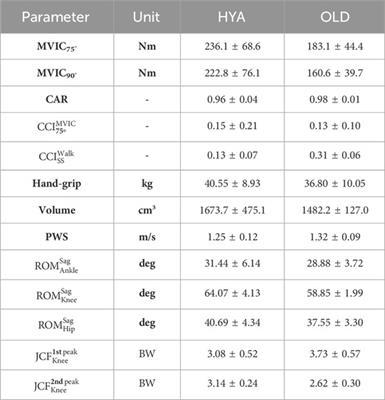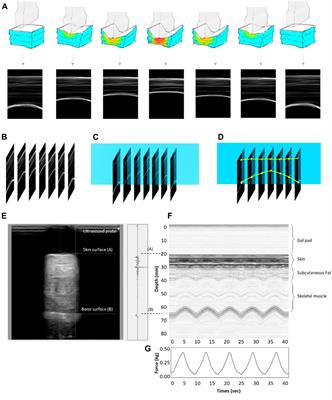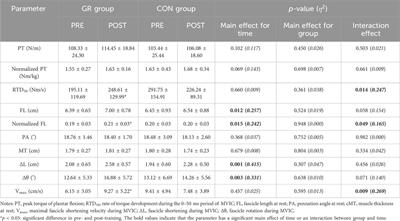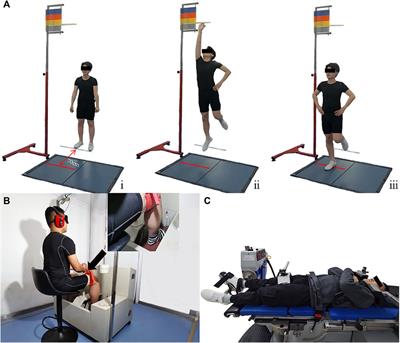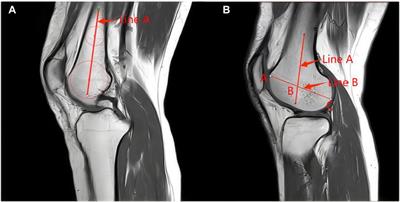ORIGINAL RESEARCH
Published on 26 Aug 2024
The effects of a 12-week combined motor control exercise and isolated lumbar extension intervention on lumbar multifidus muscle stiffness in individuals with chronic low back pain
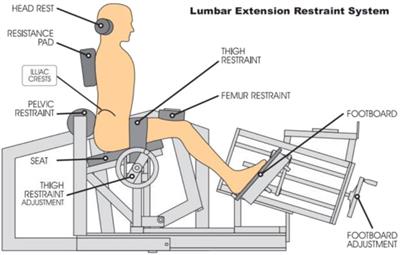
doi 10.3389/fphys.2024.1336544
- 1,348 views
- 1 citation
